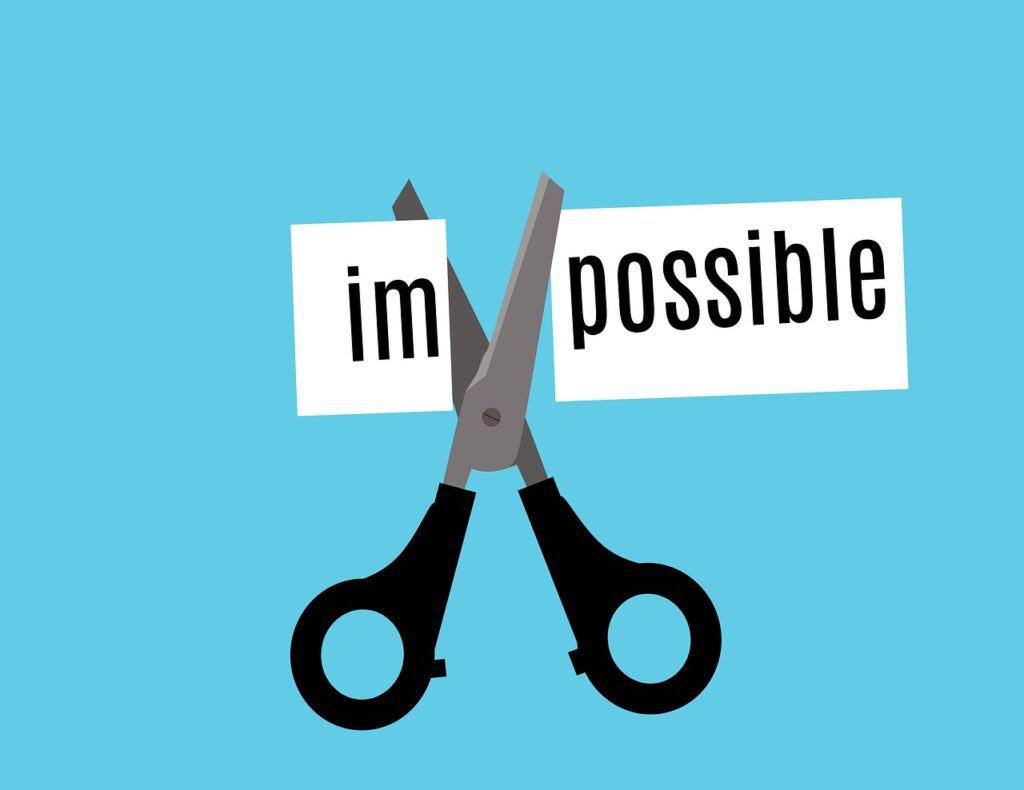
What is a flow state and how can it help you enjoy yourself and focus more when working?
Do you want to learn how to stay focused and engaged in your work? Then the research on flow may help. A flow state can be defined as a sort of effortless attention. When in flow, we are deeply absorbed in our activities yet there is no feeling of exerting effort. It also involves a feeling of high-energy positive emotion (similar to excitement or enjoyment) and unique physiological activation patterns that resemble patterns similar to both positive feelings and high attention (Ullén, de Manzano, Theorell, & Harmat, 2010).
More specifically, flow is thought to involve 9 components (Csikszentmihalyi 1990):
- Challenge–skill balance
- Action–awareness merging
- Clear goals
- Unambiguous feedback
- High concentration
- A sense of control
- Loss of self-consciousness
- Transformation of time
- Autotelic experience
The 9 components of flow make up a state of mind characterized by positive feelings and a sense of ease. Let’s go into these components a bit more to better understand this state of mind.
Challenge–skill balance
A state of flow is thought to occur when we are engaging in activities that are just the right difficulty for us—they are challenging but doable given our skill level. The activity is right in our sweet spot.
Action–awareness merging
While in flow, there is no awareness of the self doing the activity. Our actions just feel effortless or automatic (Jackson & Marsh, 1996).
Clear goals
Clear goals are set from the outset of the flow state or in the process of doing the activity. This way, we are very clear about what we need to do.
Unambiguous feedback
This is the feedback we get from our engagement in whatever task we’re doing. Specifically, we recognize that we are succeeding or on the right track. We can feel that we’re doing well.
High concentration
When in flow, we feel totally focused on the activity at hand. Our thoughts and actions are well-applied to whatever we’re doing.
A sense of control
When in a state of flow, we feel like we can do anything and that we are in control of what’s happening.
Loss of self-consciousness
In daily life, we tend to have thoughts in the back of our minds about how others view us. But in a state of flow, we’re not worrying about what others think of us. We feel and act confidently without a sense of self-consciousness.
Transformation of time
In flow states, time can feel like it’s moving either faster or slower than usual. We may feel like time slows down, allowing us to think clearly, or time speeds up, feeling like it is just flying by.
Autotelic experience
This experience is thought to be the end result of flow. It’s a feeling of being intrinsically motivated or feeling like the task itself was enjoyable, regardless of any goals that the task may be attached to.
A flow state can feel elusive. We want it, but how do we get it?
Here are some suggestions from the research.

1. Develop intrinsic motivation. Some personality traits make us more likely to enter flow states. For example, intrinsic enjoyment—or the tendency to feel enjoyment from doing activities themselves, even if they are not tied to external rewards like money or prestige—may be linked to more frequent experience of flow. Boredom coping—or the ability to do boring tasks in ways that are more enjoyable—might also be related to flow (Ullén, de Manzano, Theorell, & Harmat, 2010). This suggests that if we work at boosting our intrinsic motivation, we may have an easier time getting into a flow state.
2. Develop expertise. Researchers suggest that we may be more likely to get into flow when working on tasks that we have some expertise in. When we have expertise in doing an activity, we have already automated some of the difficult parts of that activity. So researchers suggest that doing a challenging activity related to an area where we already have expertise may be qualitatively different than doing a challenging activity unrelated to an area of expertise (Ullén, de Manzano, Theorell, & Harmat, 2010). For these reasons, they say that it may be easier to get into flow when working on tasks that we have some expertise in.
3. Boost positive emotion. An important thing to keep in mind if you desire to enter a flow state is the role of positive emotion. It may be that positive emotions precede or are an important precursor to flow. We know that a flow state is enjoyable but many of the experiences that emerge as a part of flow can emerge simply from experiencing positive emotions.
For example, a review article reminds us that positive emotions can result in lowered self-consciousness and alterations in the perception of time. This suggests that positive feelings may help us get into a flow state and that negative emotions such as worry may interfere with a flow state (Ullén, de Manzano, Theorell, & Harmat, 2010).
4. Do challenging things. If we want to get into a flow state, a good first step is to set the scene for the states of mind discussed above. For example, flow can not occur when we are doing things that are too easy or boring. So, we might be thoughtful about the difficulty of the tasks we’re doing, ensuring that they are sufficiently challenging but not so difficult that we struggle. Whether or not a given task is challenging for us depends on our areas of expertise, so we may have to do some brainstorming and experimenting to find our sweet spot (Ullén, de Manzano, Theorell, & Harmat, 2010).
References
- Csikszentmihalyi, M. (1990). Flow. The Psychology of Optimal Experience. New York (HarperPerennial) 1990.
- Jackson, S. A., & Marsh, H. W. (1996). Development and validation of a scale to measure optimal experience: The Flow State Scale. Journal of sport and exercise psychology, 18(1), 17-35.
- Ullén, F., de Manzano, Ö., Theorell, T., & Harmat, L. (2010). The Physiology of Effortless Attention: Correlates of State Flow and Flow Proneness. Effortless attention: A new perspective in the cognitive science of attention and action, 205.
